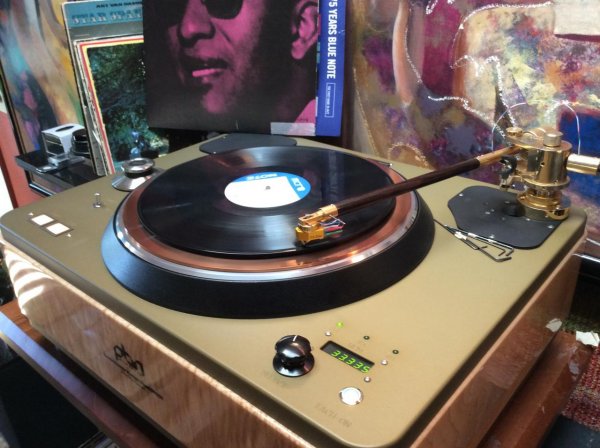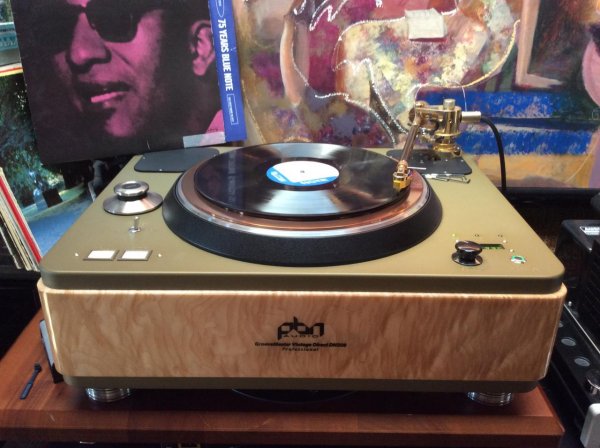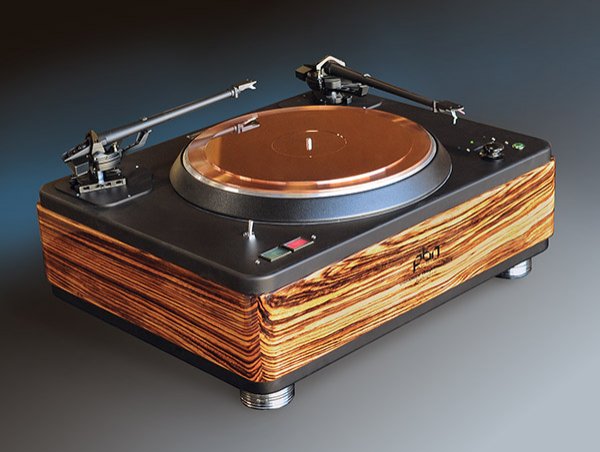Sorry, you are overlooking the issue and most people mix different aspects relevant to motor performance. Cogging as referred in the wikipedia is a consequence of the variable magnetic field driving the magnetic stator non uniformly. This magnetic field is created varying the currents in the coils of motor in a way that the moving field ahead of the stator looks constant. This field is created by the vectorial sum of the fields created by each set of coils. Since long manufacturers know how to overcome this situation using optimized geometries of the core and optimized driving of the coils. Nowadays even step motors can be driven at low speeds with uniform torque using digital controllers. Twenty years ago I used a brushless 5 phase motor driven by synthesized waveforms that was extremely smooth down to one revolution per minute.
The other "cogging" people often refer is that due to the need to perform correction of speed - manufacturers claim to use algorithms to perform this correction in non audible way independently of having a core or being coreless.
The physics of electrical motors is the same for motors with a core or coreless. Hysteresis of core motors is not relevant for low power, low speed motors. But surely different approaches must be considered for the drivers.
People should remember the famous VMS66 and VMS70 Newmann lathes, that cut most of their precious Decca's recordings, used a Technics direct drive motor with large cores ...
In the end, the real judge in this hobby is our preference.
What does "non-audible" minimization of cogging mean to you? If we can hear down to picoseconds in jitter, what makes you think residual micro speed fluctuations in analog are not audible?
Don't start adding alternative definitions to something that is clearly defined. Yes, there are tricks that can be done with electrical commutation to minimize the effects but the reality is physics and attraction/repulsion from the poles of an iron core motor causes torque and speed variation. The physics is not exactly the same between a core and coreless motor.
Your motor example might have felt smooth but if it was a cored motor it still had cogging.
"Absence of cogging (torque ripple) is another benefit critical for many applications.* In a conventional cored motor the rotor has a tendency to assume a certain position due to the uneven reluctance of the slot wound laminated iron rotor. Because the ironless motors have no core, the torque is more evenly distributed during any position of the rotor. The rotor can be positioned more accurately and the motion at low speed is much smoother."
"These factors bring some distinct advantages over a conventional iron core motor.
No cogging torque and smooth rotation even at low speeds
Low vibration and low noise operation
Linear speed/torque characteristic’s so the motor speed and torque is easily controlled
Efficiency. The motors are highly efficient at 90%. The motor does not have to break down the magnetic fields. The winding can almost fill the air gap between the magnet and its magnetic return
As the motors don’t have an iron core, the coil and the magnetic field of the stator is not affected by saturation effects in the magnetic field. This means stronger, more powerful magnets can be used. Many of the ironless rotor motors are using rare earth magnets to maximise performance and size
The motor winding has a very low inertia as there is no iron core to accelerate. The motor can accelerate and decelerate to full speed in milliseconds, offering very high speed performance."
THese are from current news articles and motor vendors, which make both types of motor, and show clearly that the advantages of which I speak are not some fantasy imagined. Compensate all you want but to truly eliminate cogging and torque ripple the motor has to be coreless.










